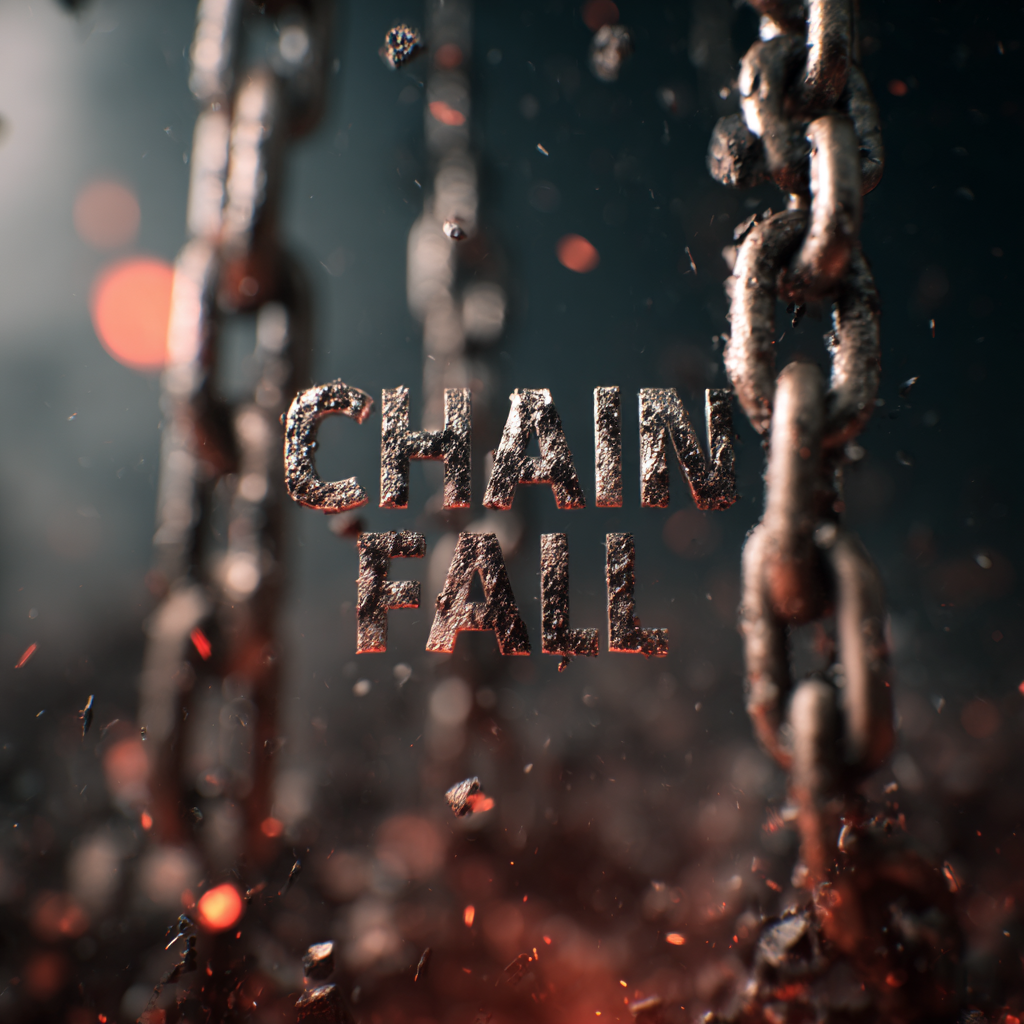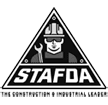
Enhancing After Sales Support and Repair Costs for the Future of Best Chain Falls
As the demand for efficient lifting solutions continues to surge globally, the significance of after-sales support and repair costs for chain falls has become increasingly paramount. According to a recent industry report by Market Research Future, the global market for chain hoists, including chain falls, is expected to grow at a compound annual growth rate (CAGR) of approximately 6.5% between 2021 and 2027. This growth is driven not only by the rising need for material handling equipment in various sectors but also by the growing focus on maintenance and support services that enhance operational efficiency and safety. With advancements in technology and manufacturing processes, leading factories are now placing greater emphasis on improving after-sales services to stay competitive in the top ranks of global exports. By combining robust support models with the analysis of repair costs, manufacturers can ensure that their chain falls not only meet performance standards but also provide long-term value and reliability for customers worldwide.

Leveraging Digital Tools to Optimize After Sales Support in Chain Falls
In today's fast-paced industrial environment, enhancing after-sales support for chain falls is crucial for maintaining customer satisfaction and loyalty. Leveraging digital tools can significantly optimize this process, making it easier for businesses to manage support requests and repair costs effectively. By implementing advanced software solutions and data analytics, companies can track usage patterns and anticipate maintenance needs, allowing for proactive service rather than reactive fixes. This not only reduces downtime but also minimizes unexpected repair expenses.
Digital platforms also facilitate improved communication between manufacturers and end-users. By utilizing mobile applications and online portals, customers can quickly report issues, schedule repairs, and access helpful resources like how-to videos and troubleshooting guides. This level of accessibility empowers users, helping them to maximize the efficiency of their chain falls. Additionally, collecting data on customer interactions can inform product development, ensuring that future models address common pain points and enhance usability. Embracing these digital advancements is vital for the future of after-sales support in the chain falls market.
Understanding the Impact of Repair Costs on Customer Satisfaction
 In today's competitive market, after-sales support plays a crucial role in customer satisfaction, particularly concerning repair costs. Customers often gauge their overall experience by how well a company handles post-purchase issues, including the repair process and associated expenses. High repair costs can lead to dissatisfaction, pushing customers toward competitors who offer better support. Therefore, understanding the intricacies of repair costs is vital for enhancing the after-sales experience.
In today's competitive market, after-sales support plays a crucial role in customer satisfaction, particularly concerning repair costs. Customers often gauge their overall experience by how well a company handles post-purchase issues, including the repair process and associated expenses. High repair costs can lead to dissatisfaction, pushing customers toward competitors who offer better support. Therefore, understanding the intricacies of repair costs is vital for enhancing the after-sales experience.
Moreover, transparency regarding repair costs can significantly influence customer trust and loyalty. When customers are informed upfront about potential repair expenses, they feel more empowered and less anxious about future service needs. Companies that adopt a proactive approach in communicating repair policies and costs are likely to see higher levels of satisfaction. Investing in efficient repair systems and offering cost-effective solutions not only alleviates customer concerns but also fosters a long-term relationship built on confidence and reliability. By prioritizing after-sales support and managing repair costs effectively, businesses can secure a competitive edge and ensure their customers remain satisfied well into the future.
Implementing Efficient Inventory Management for After Sales Services
Efficient inventory management is crucial for enhancing after-sales support and controlling repair costs, especially in the competitive landscape of chain falls manufacturing. By implementing robust inventory management systems, companies can ensure that spare parts and essential components are readily available, minimizing downtime and improving service response times. Leveraging advanced analytics and artificial intelligence can further optimize inventory levels, predicting demand patterns to reduce excess stock and associated holding costs.
Recent collaborations in the market demonstrate the effectiveness of strategic partnerships in streamlining after-sales services. For instance, logistics alliances improve the distribution of parts, enabling faster and more efficient responses to customer needs. Such initiatives not only enhance customer satisfaction but also contribute to operational efficiency, ultimately leading to increased sales and customer retention. As businesses prioritize after-sales support, the integration of technology-driven inventory management solutions will be pivotal in shaping a more responsive and cost-effective service model.
Future Technologies Transforming Maintenance Practices for Chain Falls
The future of maintenance practices for chain falls is being significantly transformed by the integration of advanced technologies such as artificial intelligence (AI) and machine learning (ML). As industries strive for increased operational efficiency, AI-driven predictive maintenance solutions are emerging as crucial tools in minimizing downtime and optimizing repair costs. According to industry reports, companies that leverage AI in maintenance can reduce unexpected failures by 30-50%, leading to substantial savings in repair expenditures. This trend underscores the essential role of technology in enhancing after-sales support, ensuring that systems remain operational while controlling costs effectively.
Additionally, the shift towards a circular economy is prompting businesses to adopt innovative approaches to waste management and sustainability. Current evaluations indicate that optimizing solid waste management systems can significantly enhance resource recovery and energy conversion processes, which are vital for chain fall maintenance activities. This is especially pertinent as the energy sector continues to emphasize sustainability amid growing regulatory pressures. Embracing new technologies not only aids in maintaining equipment but also aligns with broader economic goals, ultimately supporting a more sustainable operational framework for the future of chain falls.
Enhancing After Sales Support and Repair Costs for the Future of Best Chain Falls - Future Technologies Transforming Maintenance Practices for Chain Falls
| Dimension | Current State | Future Improvement | Impact on Cost | Implementation Timeline |
|---|---|---|---|---|
| After Sales Support Availability | Limited support hours | 24/7 support through AI chatbots | Reduced downtime costs | 6 Months |
| Repair Time | Average 5 days | Predictive maintenance using IoT | Decreased labor costs | 1 Year |
| Customer Feedback Mechanism | Manual surveys | Automated feedback collection | Improved service adjustments | 3 Months |
| Training for Service Staff | Annual workshops | Continuous e-learning modules | Higher quality service | Ongoing |
| Parts Availability | Limited stock | Real-time inventory tracking | Minimized repair time | 6 Months |
Strategies for Educating Customers on Cost-Effective Repairs and Maintenance
In an era where sustainability plays a pivotal role in business operations, enhancing after-sales support for chain falls becomes essential. Effective strategies for educating customers on cost-effective repairs and maintenance not only improve customer satisfaction but also reduce overall costs. According to recent industry reports, proper maintenance can extend the life of chain falls by up to 30%, significantly minimizing long-term expenditures.
One effective approach is to provide customers with detailed maintenance guides and training sessions. Encouraging proactive maintenance habits can greatly reduce the likelihood of costly repairs. Additionally, implementing a digital platform where customers can access maintenance tutorials and troubleshooting tips can empower users and foster better self-sufficiency.
Tips: Consider introducing periodic workshops that focus on common issues and prevention techniques for chain falls. Also, offering incentives for customers who engage in regular maintenance checks can motivate them to take proactive steps. In a competitive market, these strategies can enhance customer loyalty while promoting a culture of sustainability and responsibility.

Copyright ©2024 Elephant Lifting Products | All rights reserved.
38381 N Robert Wilson Rd, Gonzales, LA 70737 USA
Toll Free: (888) 844-6113 | Phone: (225) 644-6113 | Fax: (225) 644-6695
Email: sale@floralift.org




